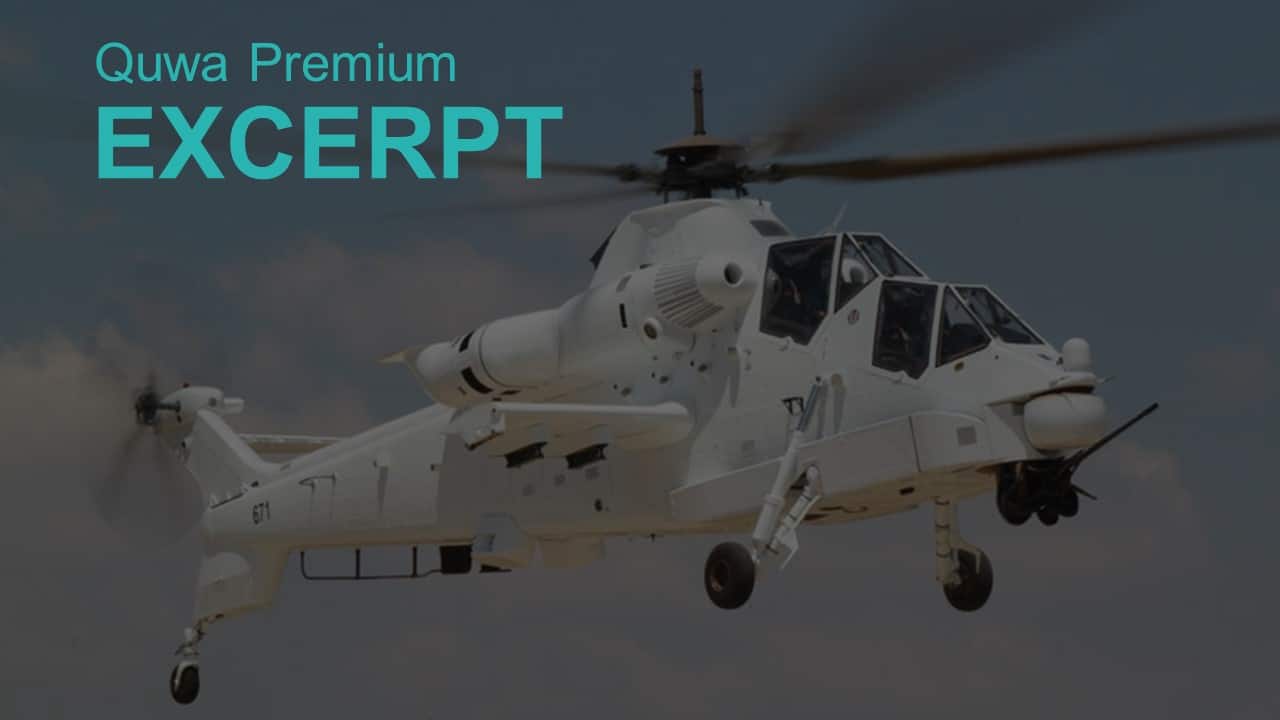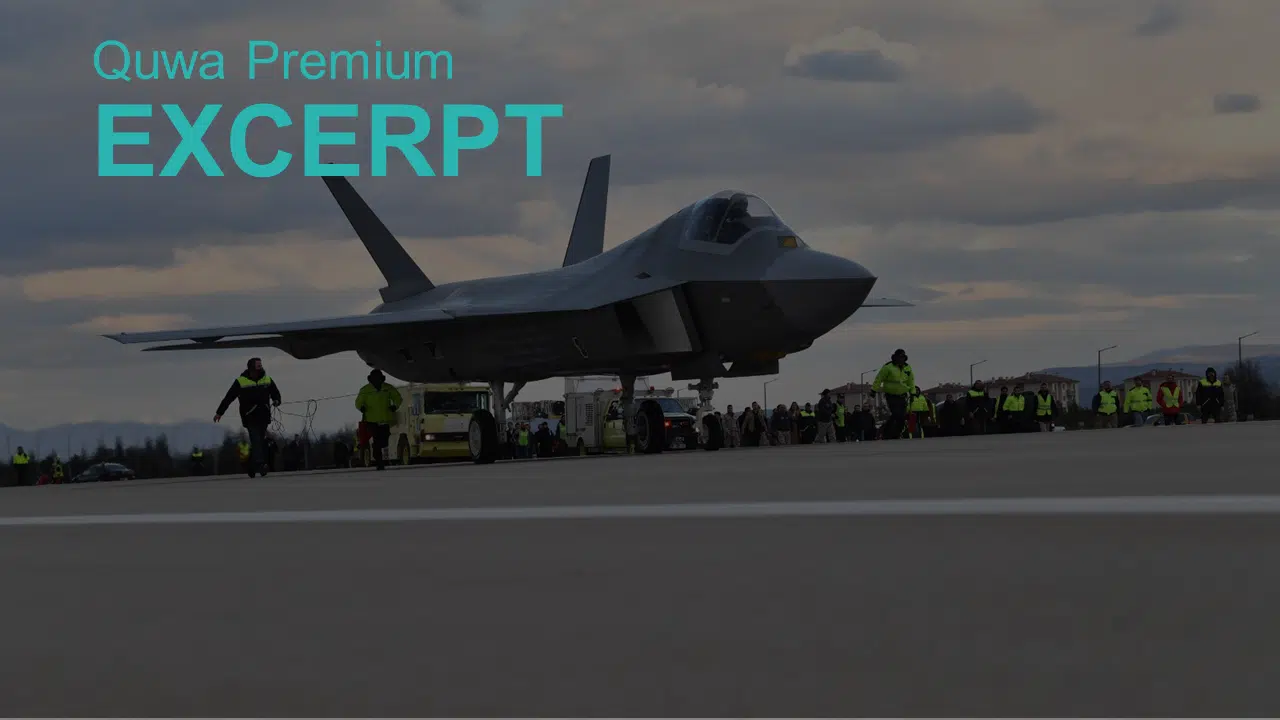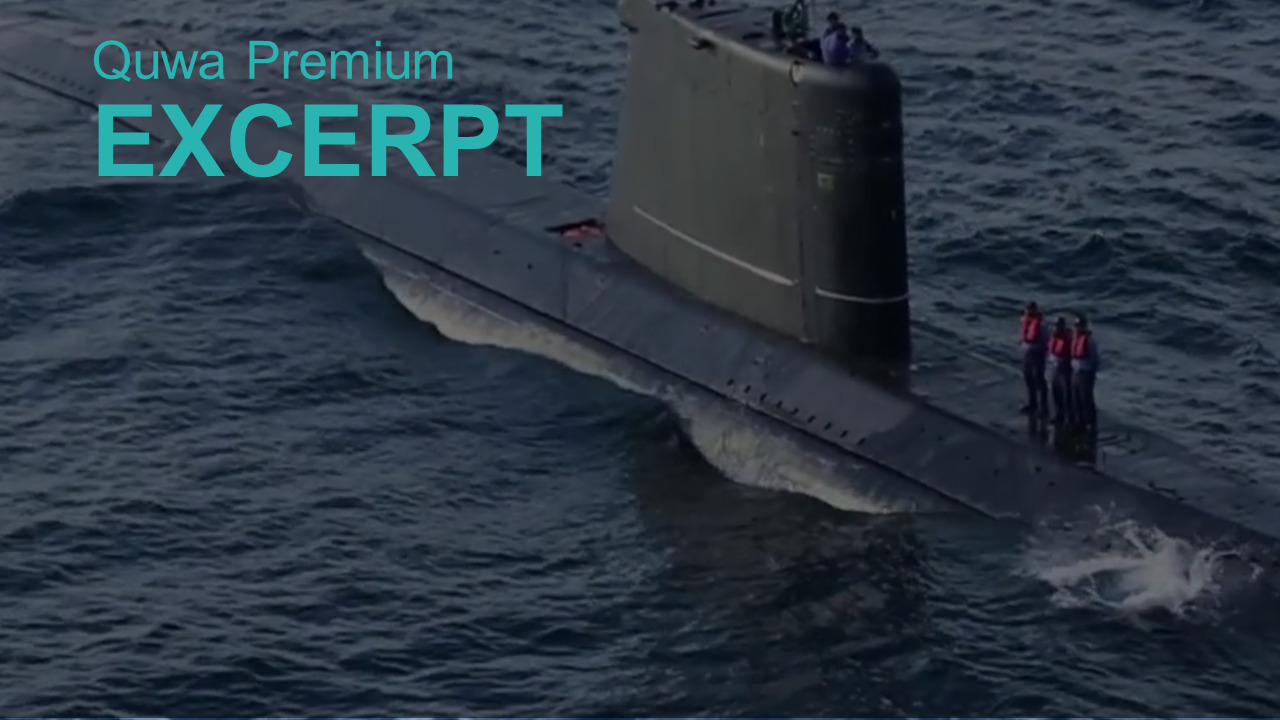2468Views

For Pakistan the Denel Rooivalk Mk2 is a Credible Contingency Option
Current tensions between Ankara and Washington have cast doubt on whether Turkish Aerospace will be able to bring Pakistan’s order for 30 T129 ATAK attack helicopters to fruition. The concern stems from the fact that the T129’s engine – i.e. the Light Helicopter Turbine Engine Company (LHTEC) CTS800 turboshaft engine – is a restricted item governed under the International Traffic in Arms Regulation (ITAR). Products under ITAR require the US Department of State to release a permit enabling for third-party sales.[1] On the surface, Turkey should not have a problem exporting the CTS800 to Pakistan as Pakistan had already been cleared for other ITAR-restricted goods, such as the General Electric T700-GE-401C of the AH-1Z Viper.
However, observers are unsure if the US will release this permit to Turkey on account of the latter’s push for Almaz-Antey S-400 Triumf long-range air defence systems from Russia. Quwa had discussed this issue in detail in a previous article. It must be noted that as of this article’s writing, no official information has emerged regarding the restriction (or lack thereof). As it stands today, Turkish Aerospace is to deliver the first batch of T129s to Pakistan in 2018.[2] The issue has largely been raised by observers, though given the decisiveness of the White House as of late, it is a plausible outcome. Thus, Pakistan – if it intends to supplant its aging AH-1F/S Cobra attack helicopters – must have a contingency option in place.
Expectedly, China would likely emerge as the primary option. Granted, the Pakistan Army Aviation Corps (PAA) turned away the Z-10, but that decision does not preclude the Chinese from further developing the Z-10 or, potentially, introducing another attack helicopter more in line with the PAA’s operational needs. There is also Russia, which has sold four Mi-35M assault helicopters to Pakistan and, according to a news report from Jane’s Defence Weekly in 2016, the Mi-28NE was offered.[3]
However, of the attack helicopters Pakistan examined or expressed interest in, none of them included a domestic production and transfer-of-technology (ToT) element by default. Pakistan had examined options that it could procure off-the-shelf as direct imports. In of itself, this is not surprising as the entirety of the PAA’s helicopter fleet comprises of solely off-the-shelf imports. But as each of the aforementioned options demonstrate, there is a critical risk (especially for Pakistan) to relying on imports, albeit for varied reasons.
Be it regulatory constraints (e.g. AH-1Z, T129), misaligned capabilities (Z-10) or uncertainty (Mi-28NE), the fact that the PAA would rely on a solely imported solution to carry its close air support (CAS) requirements. This is especially intriguing considering the push to build a so-called ‘aviation city’ in Kamra via the creation of the Aviation Design Institute (AvDI), Aviation Research, Indigenization and Development (AvRID) as well as a new Air University campus in the vicinity of Pakistan Aeronautical Complex (PAC).[4] Granted, AvDI and AvRID are primarily geared towards bringing the Pakistan Air Force’s (PAF) next fighter program to fruition, but that need not preclude the Kamra Aviation City initiative from helicopters.
Pakistan ostensibly requires attack helicopters to sustain its CAS needs in anti-armour and infantry-support operations. This is an indispensable asset, so it stands that a domestic support chain that goes beyond depot-level maintenance by supplanting lost aircraft and spur new capability gains without having to procure a new platform or sustain costly (especially from a foreign/hard-currency standpoint) imports.
Unfortunately, the PAA’s attack helicopter requirement is pressing. The availability of the JF-17 enabled the PAF to stage Project Azm as a long-term program, one that could – potentially – supplant the JF-17 as opposed to any of the PAF’s current fighters (e.g. the F-7P). In a sense, the T129 was (and possibly still is) an ideal solution in that it fully addresses the PAA’s current needs while also rationalizing partnering with Turkish Aerospace on the heavier (i.e. six to nine-ton) ATAK-2. Thus, staging the entirety of the PAA’s AH-1F/S replacement needs to solely the Rooivalk 2 or ATAK-2 is untenable.
In effect, the PAA could simply end-up with a near-term, off-the-shelf purchase (likely from China). But if the reality of the PAF and, until recently, the PN is of any indication, waiting (albeit with a gap induced by a lack of options and/or funding) for a permanent, long-term solution is justifiable. Alternatively, this can also be a question to examine in addition to an off-the-shelf purchase, T129 or Z-10…
End of Excerpt (728/1,785 words)
The full article is available to Quwa Premium subscribers here.
[1] Types of Third Party Transfers. US Department of State. URL: https://www.state.gov/t/pm/rsat/c14028.htm (Last Accessed: 17 August 2018).
[2] İbrahim Sünnetçi. “T129 ATAK Helicopters and ADA Class Corvettes Sale to Pakistan.” Defence Turkey. Volume 12. Issue 84. 2018. URL: https://www.defenceturkey.com/en/content/t129-atak-helicopters-and-ada-class-corvettes-sale-to-pakistan-3121
[3] Nikolai Novichkov. “Pakistan reveals interest in Russian dual-control Mi-28NEs.” IHS Jane’s Defence Weekly. 31 March 2016. URL: https://web.archive.org/web/20160608070130/https://www.janes.com/article/59160/pakistan-reveals-interest-in-russian-dual-control-mi-28nes (Last Accessed: 03 September 2018).
[4] Promotional Information. Pakistan Aeronautical Complex. URL: http://www.pac.org.pk/avrid (Last Accessed: 03 September 2018).


